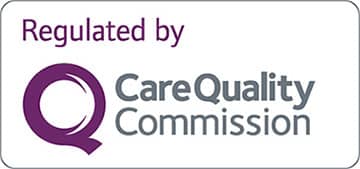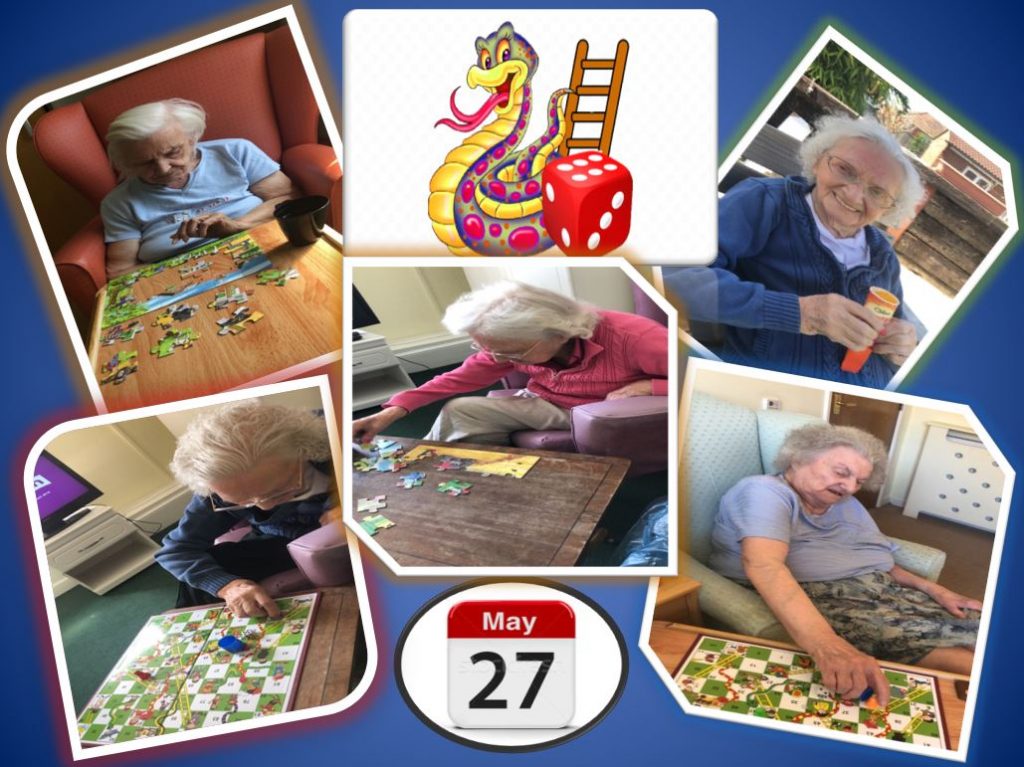Choosing a care home or a home care provider is a big decision. Anything that helps people make a better choice for themselves or for an elderly relative should be welcomed.
In theory, the ratings issued following inspections by the Care Quality Commission (CQC) ought to be a useful, or even definitive, guide. In our experience, people do pay a lot of attention to ratings, particularly if poor ratings are picked up by the local press. A CQC judgement of inadequate can effectively put a care provider out of business.
But how well do most people understand where the ratings come from, what they mean or how reliable they are? It can be quite complicated as we explained in a recent article about what CQC ratings for care providers mean.
A central problem is that the CQC has developed into a large, cumbersome organisation. The complexity of the inspection regime, with over 600 regulations and CQC expecting 100% compliance for each is getting close to micromanagement. But this is hard to sustain in an organisation that struggles to recruit enough qualified inspectors and only visits most providers every couple of years.
How Accurate Are CQC Ratings?
CQC ratings and reports reflect a snapshot of how an inspection team interpreted what they saw on a specific day. Is this a realistic and accurate picture of what happens on a normal day when inspectors aren’t around? Are some providers simply better at preparing for inspections than others?
Some high-profile cases of neglect and abuse have, in fact, happened at homes that had been rated ‘good’. Similarly, you could probably find many perfectly contented residents in the more than one-in-eight care homes that have never had an overall rating of good. And several homes that are rated as inadequate had previously been rated as good.
So, does all of this mean that CQC ratings have no value? Not necessarily. They are still the result of an independent person who has followed an inspection process. Overall, they will tend to identify homes that are better run and where residents are better cared for.
There’s a strong argument that there are other important considerations for people choosing a care home. The best advice is to see the home for yourself during a normal day. Talk to the staff, try to get a sense of the atmosphere and ask yourself whether it’s somewhere that you or your family member would be happy to live.
Visitors are always welcome at all of our care homes. If you’d like to see for yourself how we work, you can contact us here to arrange a visit and find out more information.







